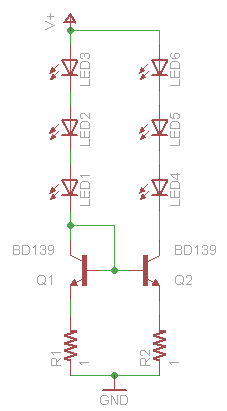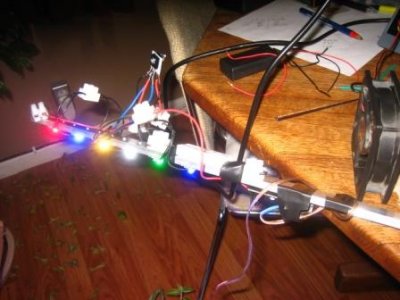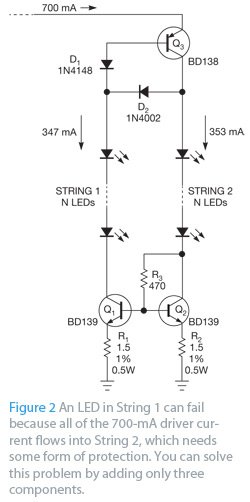bearpeidog
Member
Hello - I am researching an LED build for my impending 180. I have decided parallel is the way I want to go. In reading up, you have to balance the strings. I've read adding/removing LEDs is one way to do this. I then thought there must be a more "automatted" way.
So, in searching I found this article on a current mirror circuit with LED that will balance the string and offer protection against over current:
http://www.ledsmagazine.com/features/6/2/2
Looks like with a couple transistors and resistors you can ensure the current down each string is close to the same.
Note that I am no expert and stumbled upon this. I do plan on bread boarding it to see how well it works. I can't answer questions due to my lack of expertise and don't feel qualified.
I only share this because I didn't find it in my reef central searches. I also felt it was worth sharing, if for no other reason, than to share the concept or idea. (Could also be no one uses it because it doesn't work in our applications etc). Hopefully others will find this useful.
Diagram from ledmagazine.com

So, in searching I found this article on a current mirror circuit with LED that will balance the string and offer protection against over current:
http://www.ledsmagazine.com/features/6/2/2
Looks like with a couple transistors and resistors you can ensure the current down each string is close to the same.
Note that I am no expert and stumbled upon this. I do plan on bread boarding it to see how well it works. I can't answer questions due to my lack of expertise and don't feel qualified.
I only share this because I didn't find it in my reef central searches. I also felt it was worth sharing, if for no other reason, than to share the concept or idea. (Could also be no one uses it because it doesn't work in our applications etc). Hopefully others will find this useful.
Diagram from ledmagazine.com
Last edited:



